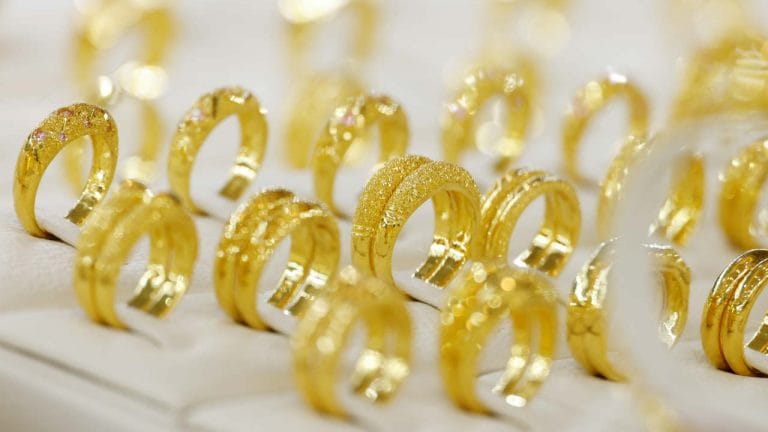- Empty cart.
- Continue Shopping

The epitaph of gold as a long-term investment option has been written quite often and it has faced intense mockery too from some doyen of the investment world. For instance, now turned optimistic– Warren Buffet had once perceived that gold is a useless metal.

Contrary to the perception of skeptics, Gold has been able to maintain its shine by generating long-term positive returns in both good as well as bad times, in periods of inflation as well as deflation.
Looking back at almost half a century, the prices of gold have risen by an average of 10 percent per year, since 1971, when the iconic treaty of Bretton Woods collapsed where it linked the supply of dollars with the amount of gold in the coffers of the US central bank. In the last twenty years, gold has outperformed all asset classes ranging from the US bond to the stocks, developed market equities to the major commodities.
Few global studies now suggest that adding 2-10 percent of gold to the US-dollar based portfolio results in a sizable improvement in the performance on a risk-adjusted basis.
Indian’s Allocation to Gold Relatively High
The affinity of an Indian towards gold can be gauged from the fact that the country is the world’s largest holder of the yellow metal.
According to the World Gold Council, India is estimated to have accumulated up to 25,000 tonnes of gold till date. In India, an average monthly per capita expenditure on gold and jewelry is Rs 494 in urban households and Rs 233 in rural households. This accounts for nearly 23 percent of the households’ durable purchases.
Gold Investment: From Physical to Digital
The exposure of gold in the investment basket has been primarily limited to physical gold so far. The risk of keeping physical gold safe along with the steps taken by the government to discourage physical buying in order to reduce import dependence has pushed investors to look at an electronic way of taking exposure to the yellow metal.
The virtual mode of investment includes Gold exchange-traded funds, e-gold and sovereign gold bonds. Electronic investment has drawn investors’ attention to affordability. As a result, investors with small denominations too can now purchase e-gold (Paytm is offering SIP of as low as Re.1 per day).
Why Gold ETF Scores Over e-Gold?
A closer analysis shows that the virtual investment through Gold ETF scores over the e-gold format. Sovereign gold funds have a lock-in period of 5-years, therefore when looked at from the liquidity perspective, ETF and E-gold are the only alternatives for an investor looking at virtual investment.
The biggest comfort for adopting an ETF route is the presence of a regulator, it ensures the safeguarding of investors’ interest. The market regulator Securities and Exchange Board of India (SEBI) ensures that the statutory audits are followed and timely checks and balances are done. The intensive scrutiny and oversight by the regulators allay the biggest fear of a gold investor — purity of the metal.
In addition, an e-Gold investor had to bear the burden of an additional 3 percent goods and services tax (GST), which is similar to buying physical gold. Meanwhile, the GST levied while buying gold through ETF is not only credited back but is also ploughed back to the fund value.
Another hitch for an e-Gold buyer is storage charges. It is levied if an investor holds the product for more than two years. Also, digital gold products typically have the maximum holding period for taking delivery of gold or an investor needs to sell it back. This arrangement limits the investment period. In order to keep a digital e-gold account active, one needs to do at least one transaction every six months. All of these factors make a major dent in the attractiveness of e-Gold. On an operational cost comparison basis, as well, e-gold turns out to be much more expensive when compared to the gold ETF.
Gold ETFs Gaining Prominence in India
The growing interest for the Gold ETF can be gauged from the fact that this category has witnessed inflows of Rs 4,464 crores in the last six months when the retail demand remained insipid. As a result, the asset under management of the Gold ETF rose to Rs 13,589 crore at the end of September 2020 compared with Rs 7,949 crore in March 2020.
The growth in the gold ETF is mirroring the global market trend, where the gold ETFs have recorded their tenth consecutive month of net inflows, taking its holdings universe to a fresh new all-time high of 3,880 ton and $235 billion in AUM. Globally, the Gold ETFs account for 35 percent of the total gold demand as compared with 8 percent seen a decade ago.
By Nitin Kabadi, Head ETF Business, ICICI Prudential AMC, Wednesday November 11, 2020 10:03 am


